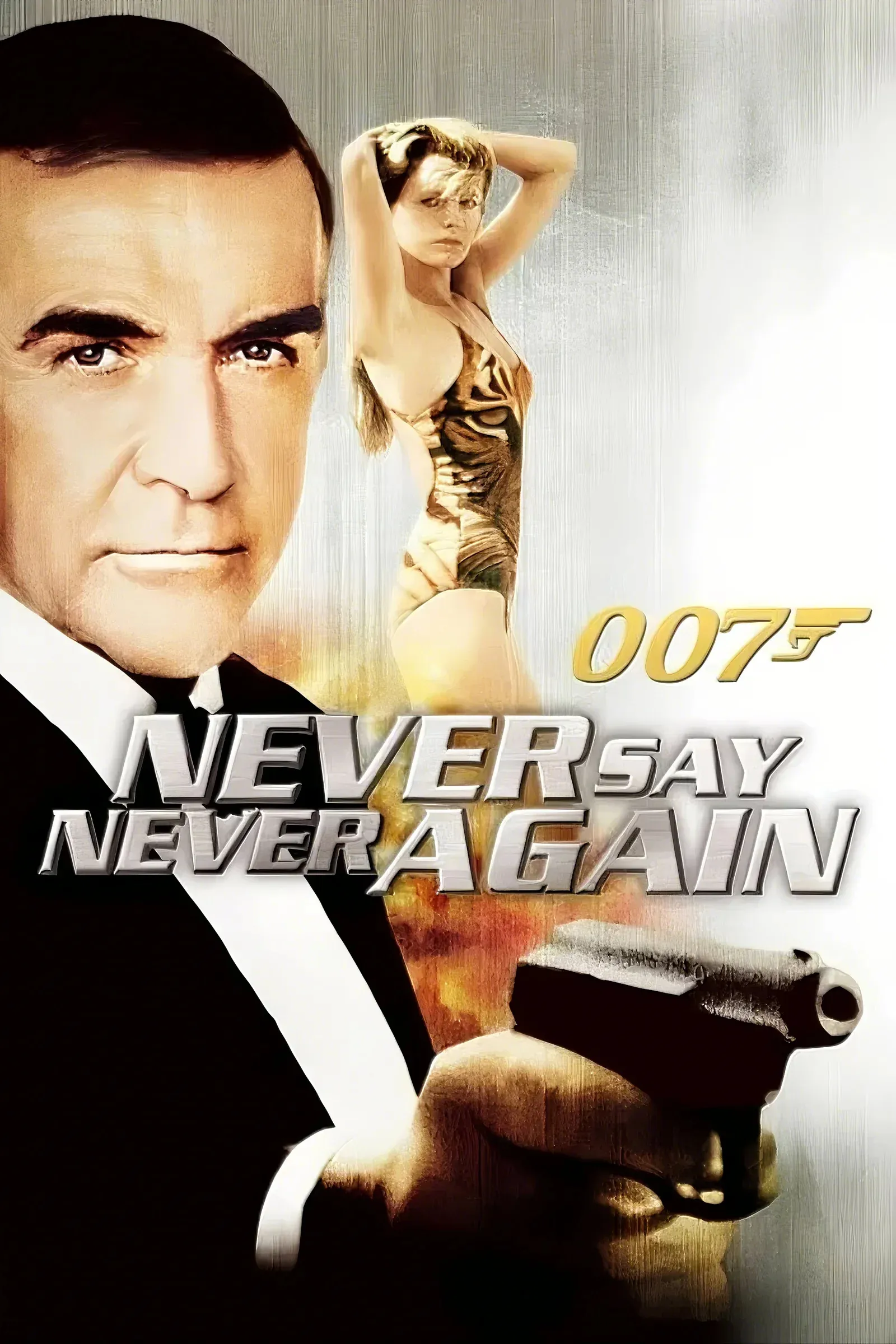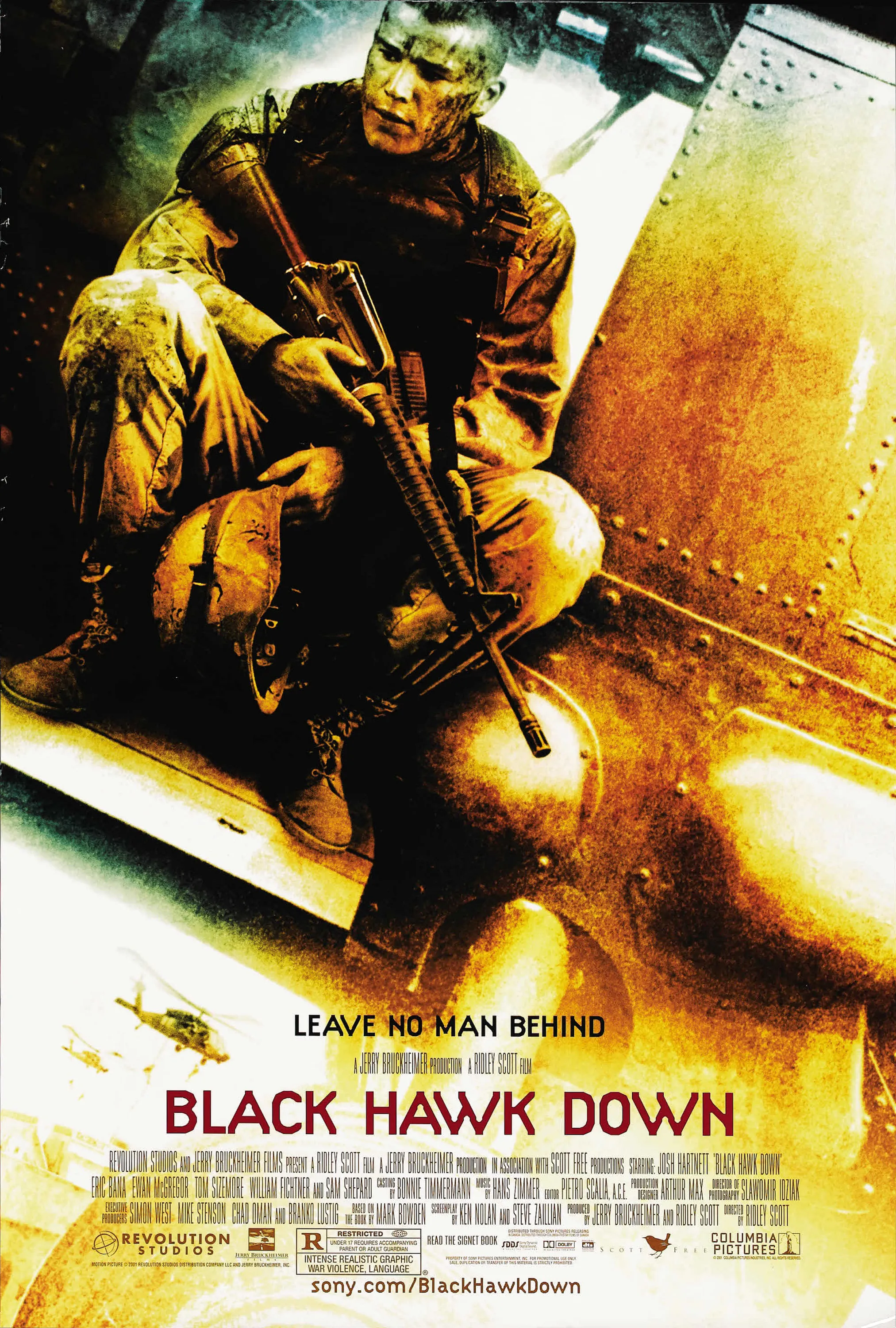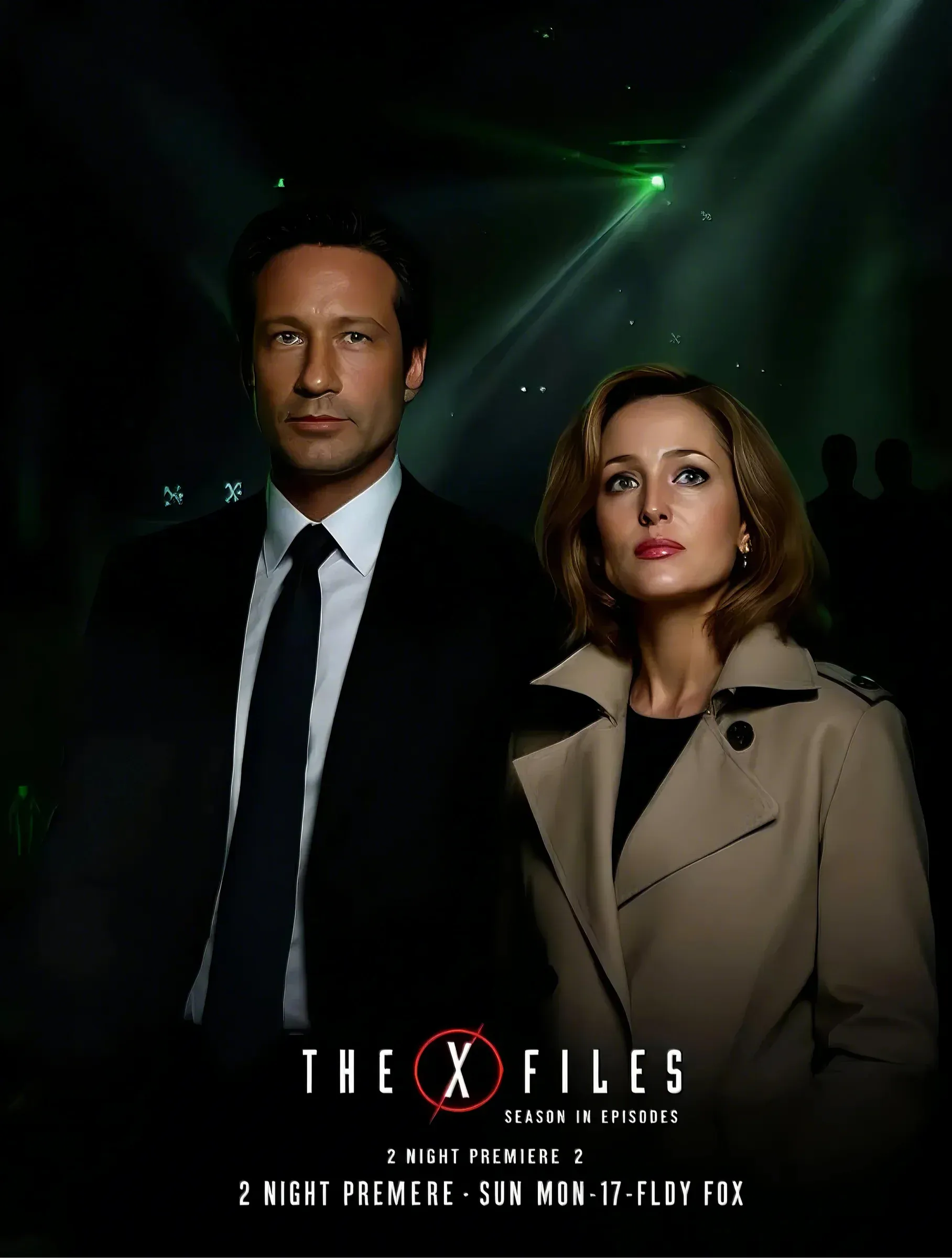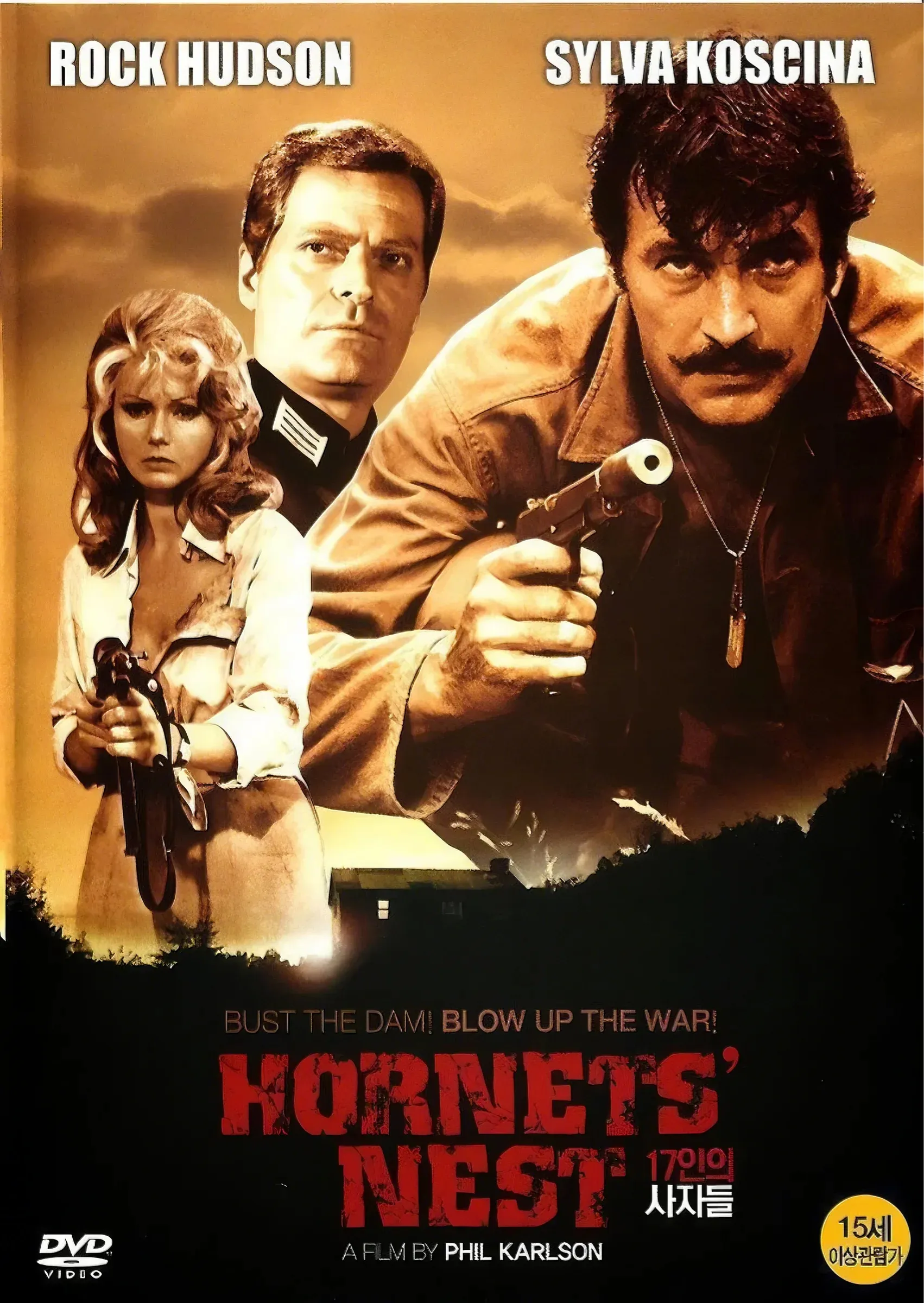Never Say Never Again (1983): Sean Connery’s Bond Returns in an Unofficial Adventure
Never Say Never Again (1983) stands as one of the most unique entries in James Bond history. Unlike the EON-produced films, which form the official 007 series, this movie was produced by Warner Bros. and is an independent remake of Thunderball (1965), resulting from a long-running legal battle over the rights to Ian Fleming’s original Thunderball story. The film’s title is a playful nod to Sean Connery’s famous declaration that he would "never" play Bond again after Diamonds Are Forever (1971). Yet, more than a decade later, he returned to the role, now portraying an older, wearier version of the iconic spy.
Plot Summary
The story opens with James Bond (Sean Connery) working as an aging MI6 agent who is forced into a health retreat due to his declining physical condition. During his stay, he uncovers a sinister plot by SPECTRE agent Fatima Blush (Barbara Carrera), who is manipulating an American Air Force pilot to steal nuclear warheads. The pilot, Domino Petachi’s (Kim Basinger) brother, is killed after fulfilling SPECTRE’s plan.
With two nuclear warheads now in the hands of the nefarious Maximilian Largo (Klaus Maria Brandauer), a high-ranking SPECTRE operative, Bond is sent to track him down. His mission takes him to the Bahamas, where he infiltrates Largo’s operations while also forming a complicated relationship with Domino, Largo’s mistress. Bond's pursuit leads him to the South of France and North Africa, where he faces off against Largo in a series of confrontations, including an intense underwater battle. The climax sees Bond infiltrate Largo’s secret fortress and prevent a nuclear disaster, ultimately defeating the villain and winning Domino’s trust.

Sean Connery’s Triumphant Return
Connery’s return is the film’s greatest strength. Unlike his earlier portrayals, this Bond is older, slightly jaded, but still exudes effortless charm and confidence. His performance carries a sense of maturity and self-awareness, making him a more seasoned and reflective version of 007. He retains his signature wit and charisma, delivering one-liners with a knowing smirk, but there’s also a subtle acknowledgment that this Bond is past his prime, adding an interesting dynamic to the character.
Despite his strong performance, the film itself struggles to match the energy and spectacle of the official Bond series. Without the involvement of EON Productions, Never Say Never Again lacks some of the franchise’s signature elements, which makes it feel like an outsider rather than a true part of the Bond legacy.
The Villains: A Mixed Bag
Klaus Maria Brandauer’s portrayal of Largo is unconventional for a Bond villain. Unlike the cold, calculating version played by Adolfo Celi in Thunderball, this Largo is more playful, even flamboyant at times. Brandauer plays him as a smooth-talking yet unstable antagonist, making him unpredictable but not particularly menacing. While this take on the character is refreshing, it lacks the intensity of more iconic Bond villains.
Barbara Carrera, on the other hand, delivers a standout performance as Fatima Blush, one of the film’s most memorable characters. She plays the role with a gleeful, over-the-top energy, making her a uniquely dangerous and eccentric assassin. Her obsession with proving herself as Bond’s greatest adversary leads to some entertaining moments, and her demise—being literally blown up by an exploding pen—is both absurd and fittingly theatrical.
Max von Sydow makes a brief but underwhelming appearance as Ernst Stavro Blofeld, the head of SPECTRE. While his presence adds legitimacy to the story, he is given very little to do, making him feel more like a cameo than a true Bond villain.

The Bond Girl: Kim Basinger as Domino
Kim Basinger, in one of her earliest major roles, plays Domino Petachi, the reluctant mistress of Largo. While she undoubtedly looks the part of a classic Bond girl—elegant, glamorous, and strikingly beautiful—her character is somewhat underdeveloped. Unlike previous Dominos (Thunderball’s Claudine Auger), who had a more active role in the story, Basinger’s version is more passive, spending much of the film under Largo’s control before finally aiding Bond in the finale. Her chemistry with Connery is decent but not particularly strong compared to some of Bond’s more memorable love interests.
Action and Set Pieces
While Never Say Never Again features some exciting sequences, the action lacks the crisp execution of the EON Bond films. The fight choreography, though serviceable, feels slower and less dynamic compared to the likes of Octopussy (released the same year). The film’s biggest action pieces include a motorcycle chase through the streets of France, an underwater battle in Largo’s lair, and an unusual high-stakes video game duel between Bond and Largo.
The video game sequence, while intended as a modern update to the classic casino showdown between Bond and Largo in Thunderball, feels oddly out of place. Bond and Largo engage in a futuristic game called "Domination," where they must control global territories while receiving painful electric shocks for every mistake. The scene is meant to be tense, but the 1980s computer graphics make it unintentionally amusing today.

Music and Direction
One of the film’s most glaring weaknesses is its musical score. Instead of the legendary John Barry, composer Michel Legrand delivers a jazzy, lightweight soundtrack that feels entirely out of sync with the Bond universe. The absence of the traditional Bond theme further distances the film from the official series, making it feel less like a true 007 adventure.
Director Irvin Kershner (The Empire Strikes Back) does a competent job handling the film’s tone, but the pacing is uneven. Certain scenes drag longer than necessary, and some of the humor feels misplaced—particularly Rowan Atkinson’s awkward comic relief as a bumbling British agent.
The Absence of Classic Bond Elements
Since Never Say Never Again was not an EON production, it lacks several key Bond trademarks:
- No iconic gun barrel sequence
- No classic Bond theme music
- No signature Q gadgets (though Edward Fox’s version of M humorously dismisses Bond’s reliance on them)
- A noticeably different visual and stylistic approach compared to the official series
While these absences don’t ruin the film, they make it feel like an alternate-reality Bond rather than a natural continuation of the franchise.
Final Verdict
Never Say Never Again is an intriguing anomaly in Bond history. While Sean Connery’s return elevates the film, and Barbara Carrera provides an entertaining villainous performance, the movie ultimately lacks the polish and energy of the official Bond films. The absence of key franchise elements, a weak musical score, and some sluggish pacing prevent it from reaching the heights of Connery’s earlier outings.
That said, it remains a worthwhile watch for die-hard Bond fans, particularly those curious to see Connery play the role one last time. As a standalone spy thriller, it’s enjoyable enough, but as a Bond film, it feels more like an interesting footnote rather than an essential entry in the series.
Final Rating: 6.5/10 – An entertaining but flawed Bond film that exists outside the franchise’s true legacy.




